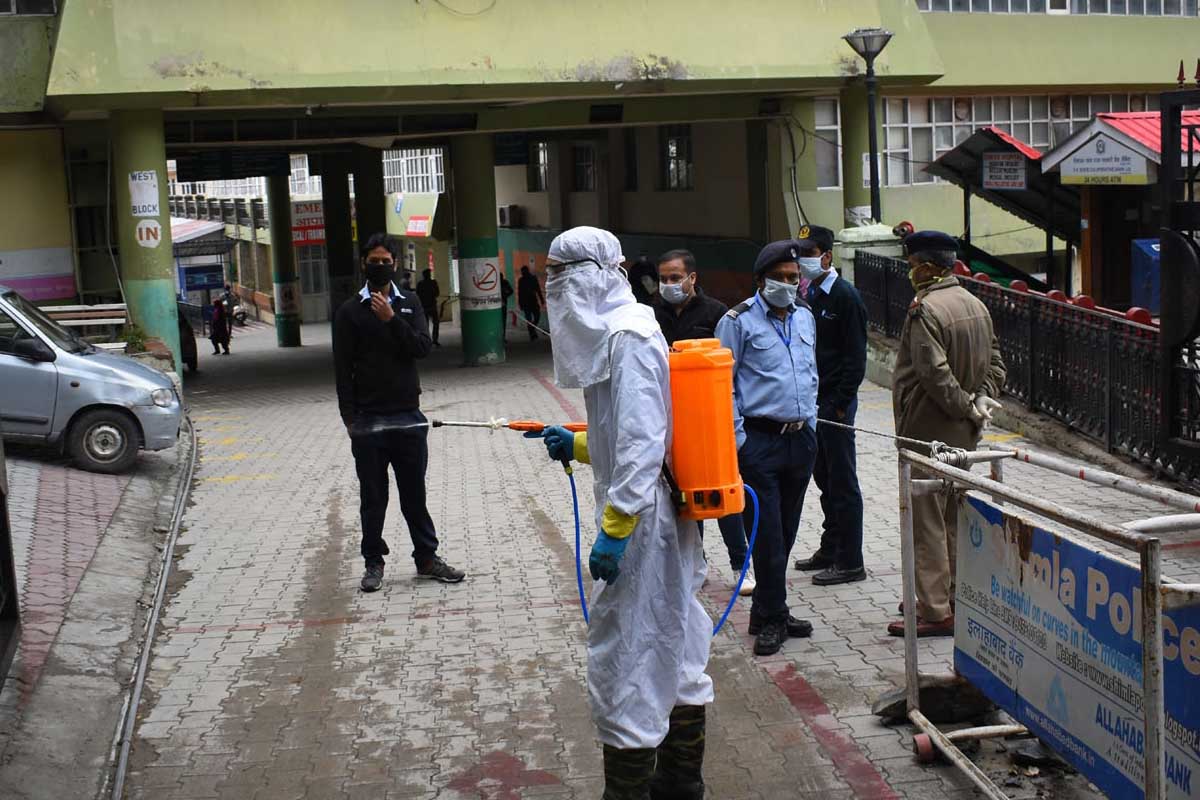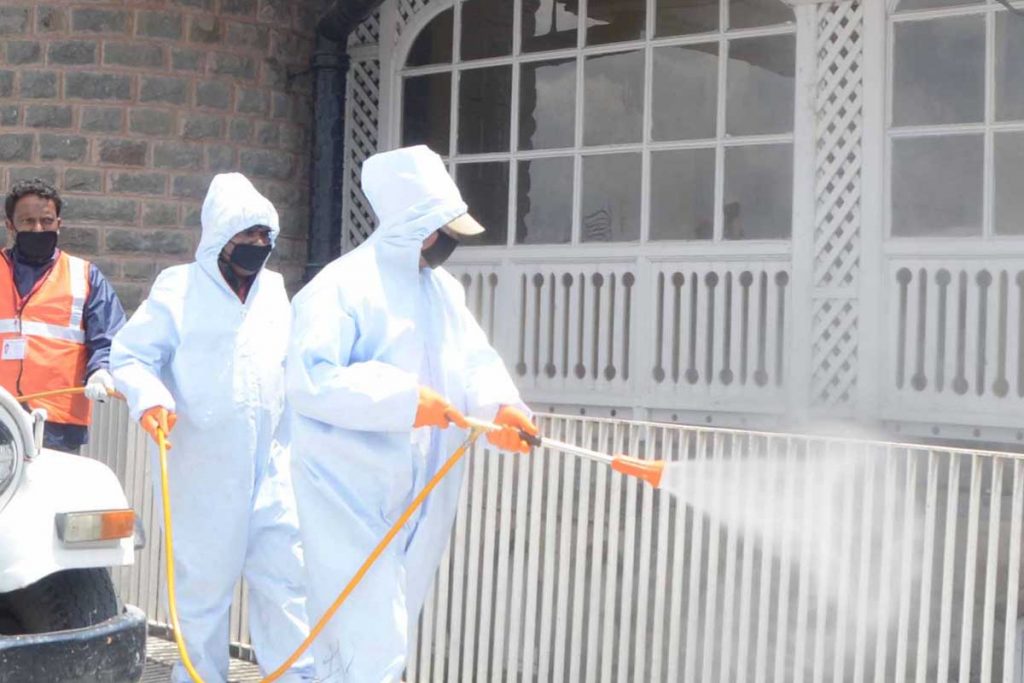Himachal minister approaches speaker invoking anti-defection law against 3 MLAs
The three MLAs' petition is pending in the high court against the Speaker for not approving their resignation from the State Legislative Assembly.
The most populous district of Himachal reports 22 per cent asymptomatic cases of COVID-19, as per profile study of first 100 cases.

Photo: SNS
Kangra, the most populous district of Himachal Pradesh, has reported 22 per cent asymptomatic cases of COVID-19, all of whom had come to the area from red zones in the country. Seventy eight per cent of COVID-19 cases in the district were males, finds a profile study of the first 100 COVID-19 positive laboratory confirmed cases in Kangra over three months by the government Public Health team.
“This, however, does not mean that coronavirus had any predisposition towards males,” said the study. Out of 458 COVID-19 positive cases in the state so far, 118 were from Kangra, which roughly houses one fourth of the state’s population. The active cases in Kangra are 53, as 64 others were cured. First of the total six deaths in Himachal on 23 March was reported from Kangra, that of an elderly Tibetan.

The profile study was conducted by Chief Medical Officer, Kangra, Dr Gurdarshan Gupta, District Health Officer, Dr Vikram Katoch, District Surveillance Officer, Dr RK Sood, and Programme Officers, Dr Rahul Gupta and Dr Aditya Sood.
Advertisement
As per records, out of 1.80 lakh Himachalis, who came to the state from outside after 25 April, 90,000 belonged to Kangra. Currently the district has 12777 persons in home quarantine, 294 in institutional quarantine. Twenty two hotspots were declared in Kangra initially, out of which three are active now and 19 were closed. First COVID-19 positive cases of the state were reported from Kangra on 20 March. Barring three persons, all the COVID-19 positive cases in Kangra had a travel history.

Sharing details of the profile study, CMO, Kangra, Dr Gurdarshan Gupta said the mean age group of COVID-19 positive persons was 37 years with a range of 7 months to 74 years. The age group of 21-40 years was the most affected group (48%). While most of the participants belonged to the service sector (31%) among those who were employed (66%), the rest were housewives, retired personnel and students (34%).
The study said during the time when the international flights were still operational, the first three COVID-19 cases had a history of international travel, whereas only one case was a primary contact of COVID-19 positive case who had no travel history without any symptoms. There were two contacts of the confirmed cases that were asymptomatic at the time of testing and had tested positive later.
The study found that after lockdown was implemented countrywide, the majority of the confirmed cases (89%) had a travel history from states where a high incidence of the cases were already being reported, such as Maharashtra (38%), Delhi (38%), Gujarat (5%),Punjab (3%), and Chandigarh (2%). Only 1% of the cases each were reported from persons who came from Tamil Nadu, Madhya Pradesh and religious gatherings while the rest were their primary contacts.
As many as 87% of the cases that were diagnosed positive were quarantined in various institutions across the district who were either symptomatic (37%) and were tested immediately, or were tested on day 7 of the quarantine period mandatorily and were asymptomatic (63%).
No cases were reported in the field during active case finding, while two per cent cases reported themselves at the flu clinics established in various health institutions at different Community Health Centers (CHC), Civil Hospitals (CH) and Zonal Hospital (ZH). Most common clinical presentation of confirmed cases was cough (54%), cold (54%) followed by fever (43%) and shortness of breath (5%), the study revealed.
Advertisement